|
Chili – A Vast Family With Hundreds Of Members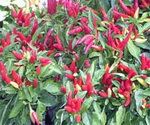
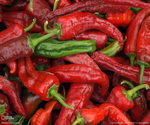
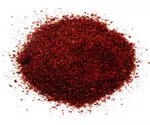
Chili contains five main species with hundreds of varieties. The family is Solanaceae also called the Nightshade family, with the common mild to hot chilies falling under the botanical name of Capsicum annum. Some of the plants contained in the Solanaceae family but with different botanical names are cayenne pepper, red pepper, jalapeno, habanero, Scotch bonnet, and Thai just to name a few. The plants vary in size and appearance.
The pod of the plant is a many seed berry which are green until they ripen, when they can then be red, yellow, brown, purple or nearly black. Origin This large family of plants originated in the Americas.
History These plants were well known to the Mexicans who refer to all plants of this type as chilies, while North Americans reserve this term for hot peppers. These plants are one of the discoveries of Christopher Columbus, and as a result have only been part of the diet of other parts of the world for a few hundred years. Columbus was looking for a new source of pepper and since the spice was hot like a pepper the name was incorrectly applied to this spice family and has stuck ever since, although the pepper family is an entirely different family and the seeds are identified as peppercorns. Buying/Storage These plants when fresh should be firm not wilted. The dry plants should be stored in airtight packaging away from extremes of heat, light and humidity. They can be stored in the refrigerator for a week or two or if the weather isn’t humid they can be stored out in a bowl for a few days.
Use The variety of dishes they are used in is vast; there is almost no dish that these peppers can’t be used in. They are especially used as condiments in sauces. They are used extensively in African, Asian, Indian and Mexican cooking and are often associated as a cultural identifier of these types of cuisine.
These peppers must be handled very carefully so as not to get them in the eyes and since it is the seeds and placenta that carry the heat as it is called, removing or leaving a certain amount of seeds and placenta with the pod when chopping up the pepper mixture will determine how hot the spice is. Using the spice in its various varieties definitely takes skill.
For some great sections on herbs and spices some great references are: • The Spice and Herb Bible – Second Edition by Ian Hemphill with recipes by Kate Hemphill • The Food Encyclopedia by Jacques L. Rolland and Carol Sherman with other contributors
Cooking Basics
|
Chili Botanical Cycle
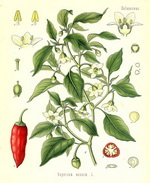
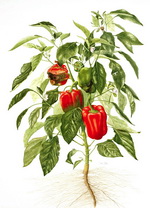
Nightshade Family
Chili
Paprika





